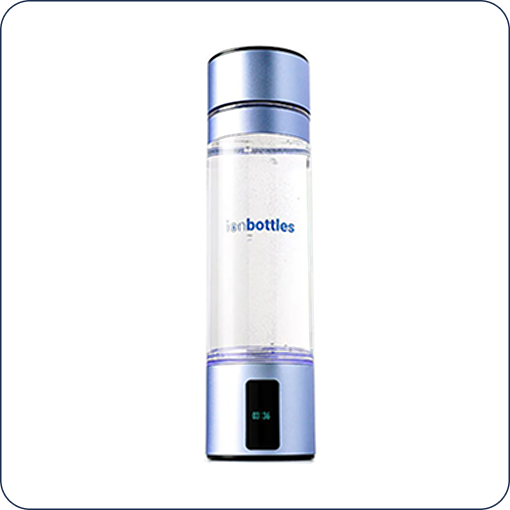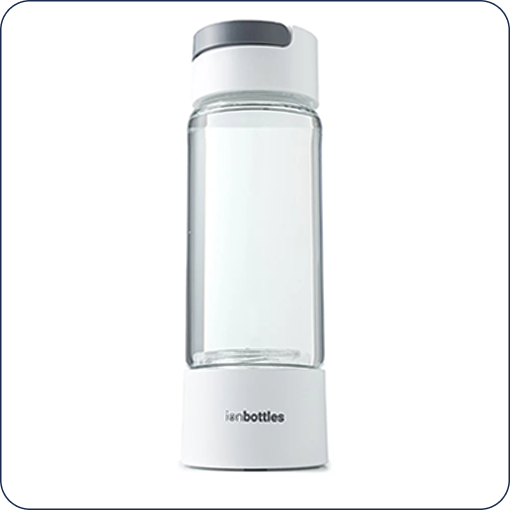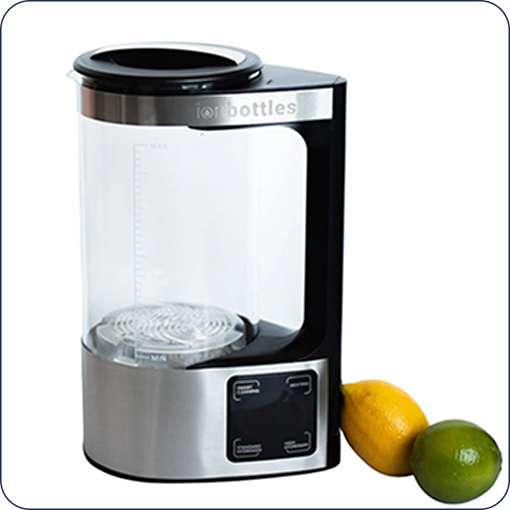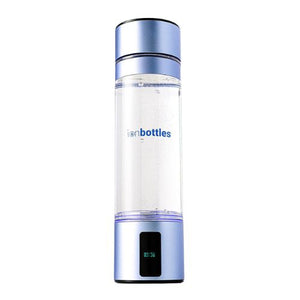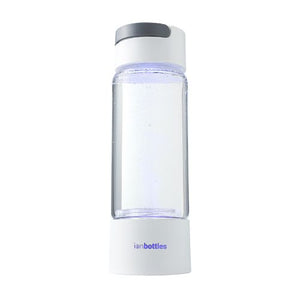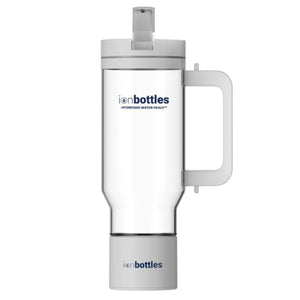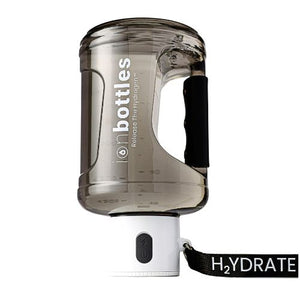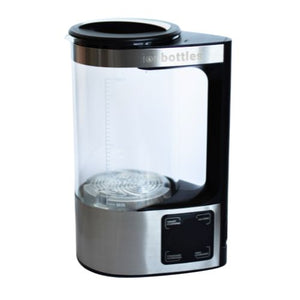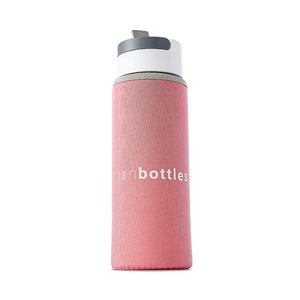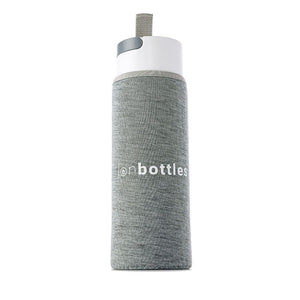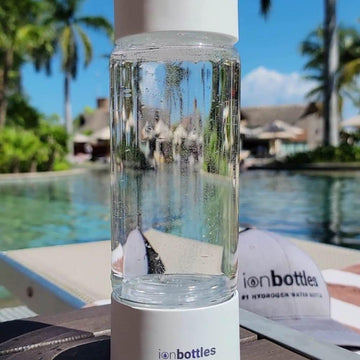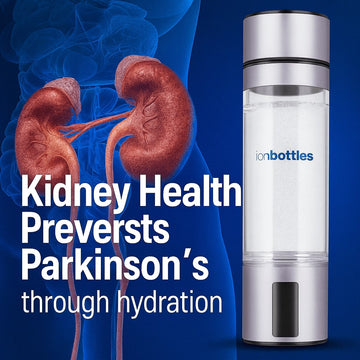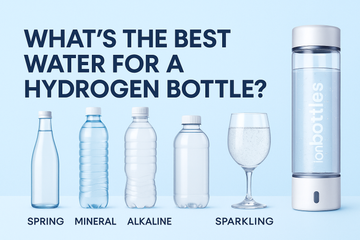2 minute read
Published by Molecular Hydrogen Institute
HIGH POSITIVE ORP = DISINFECTING POWER
A high positive ORP is desired in sewage treatment, swimming pools and spas, because the higher the ORP, the more oxidation will occur, thus killing the bacteria and unwanted pathogens, by stealing electrons from the bacteria’s DNA, cell membranes and proteins. Chlorine is added to water because it has a high ORP and thus is an effective disinfectant. It is the high ORP of electrolyzed oxidizing water that makes it an effective bactericidal.Oxygen also has a high ORP and can damage DNA and proteins. Conversely molecular hydrogen exhibits a very low ORP and is thus a reducing agent or antioxidant.
ORP OF DRINKING WATER: EFFECTS ON HEALTH
Like pools and spas, drinking water quality is also determined by national standards. However, ORP is a non-standardized indicator. Chlorine is normally added to drinking water because it has a high positive ORP and will therefore oxidize and destroy the bacteria that are harmful to humans. However, the ORP of the internal environment of a healthy person is always on the reductive side, with some redox couples below -350 mV.
Therefore, with a healthy viewpoint in mind, it would make sense that the optimal drinking water is one with a negative ORP. Drinking water with a positive ORP is reduced to a reductive ORP at the expense of consuming the electrical energy from cell membranes.Normal tap water, bottled water, rain water, and so forth, have a positive ORP generally between 200-400 mV, and even as high as 500-600 mV depending on location. Indeed, tap water has been shown to be a weak pro-oxidant. It was demonstrated in one study that where mineral water shifted intracellular redox state to a 6-10% higher oxidized state, tap water containing HOCl (from addition of chlorine) shifted the intracellular redox state to a 25% higher oxidized state in rat skeletal muscle cells.
ORP OF DRINKING WATER: RECOMMENDATION
A low ORP is also seen with certain human biological fluids.The oral fluid of a healthy human and mother’s milk both have negative ORP -70 mV, as does freshly made fruit and vegetable juice such as carrot juice with an ORP of -50 mV. Okouchi and colleagues measured the ORP of an assortment of physiological samples of healthy individuals including: skin, blood plasma, amniotic fluid, saliva and urine. They found that all of these had reductive characteristics.
They also measured a variety of fresh foodstuffs and an assortment of fruits and vegetables and noted that they all exhibited reductive characteristics. The researchers also noted that an ORP measurement could suggest the degree of freshness by comparing the value to its known value when fresh.
It was also observed that many commercial beverages and tap water all exhibited oxidative characteristics. In lieu of these observations, the authors proposed a functional type of water having reductive characteristics that can be classified as vital water because it would be analogous to physiological and biological fluids, as well as the many foodstuffs that are required for growth and development. In conclusion, they recommend that water should have reductive characteristics, which is “less stimulating to the human body”.
However, as mentioned before, more important than the ORP value is the chemical species responsible for that ORP value. Just because water has a low or negative ORP, does not mean that it has any physiological or biological antioxidant value if consumed internally. Indeed, something with a negative ORP could actually be toxic, and something with a positive ORP may actually be therapeutic.
Source: https://www.molecularhydrogeninstitute.com/importance-of-oxidation-reduction-potential-orp
